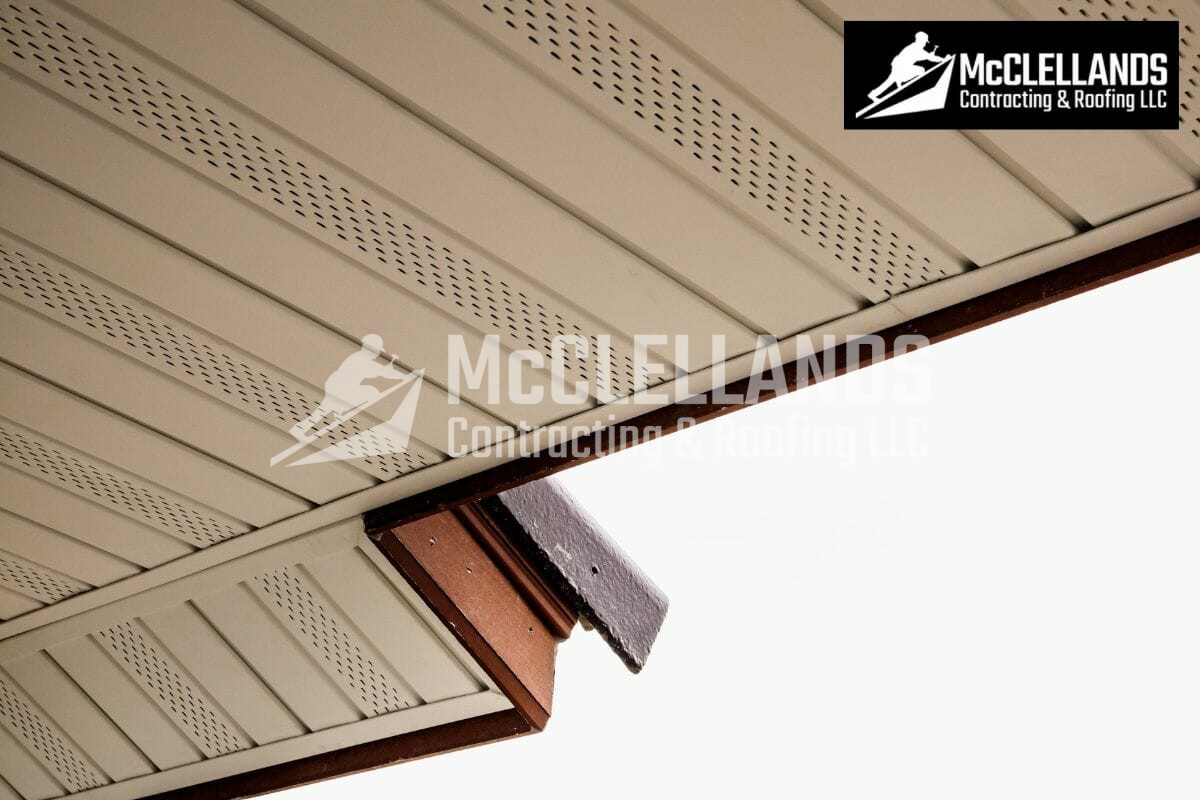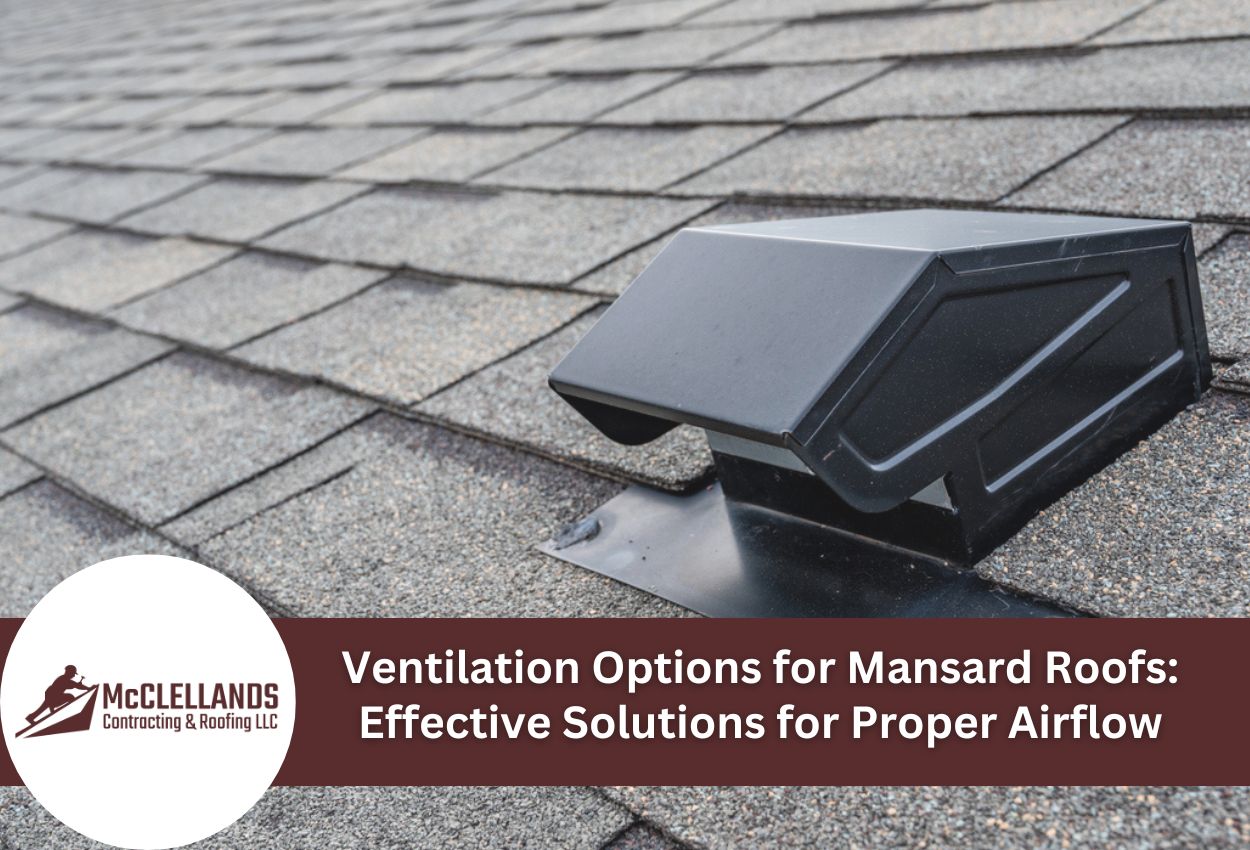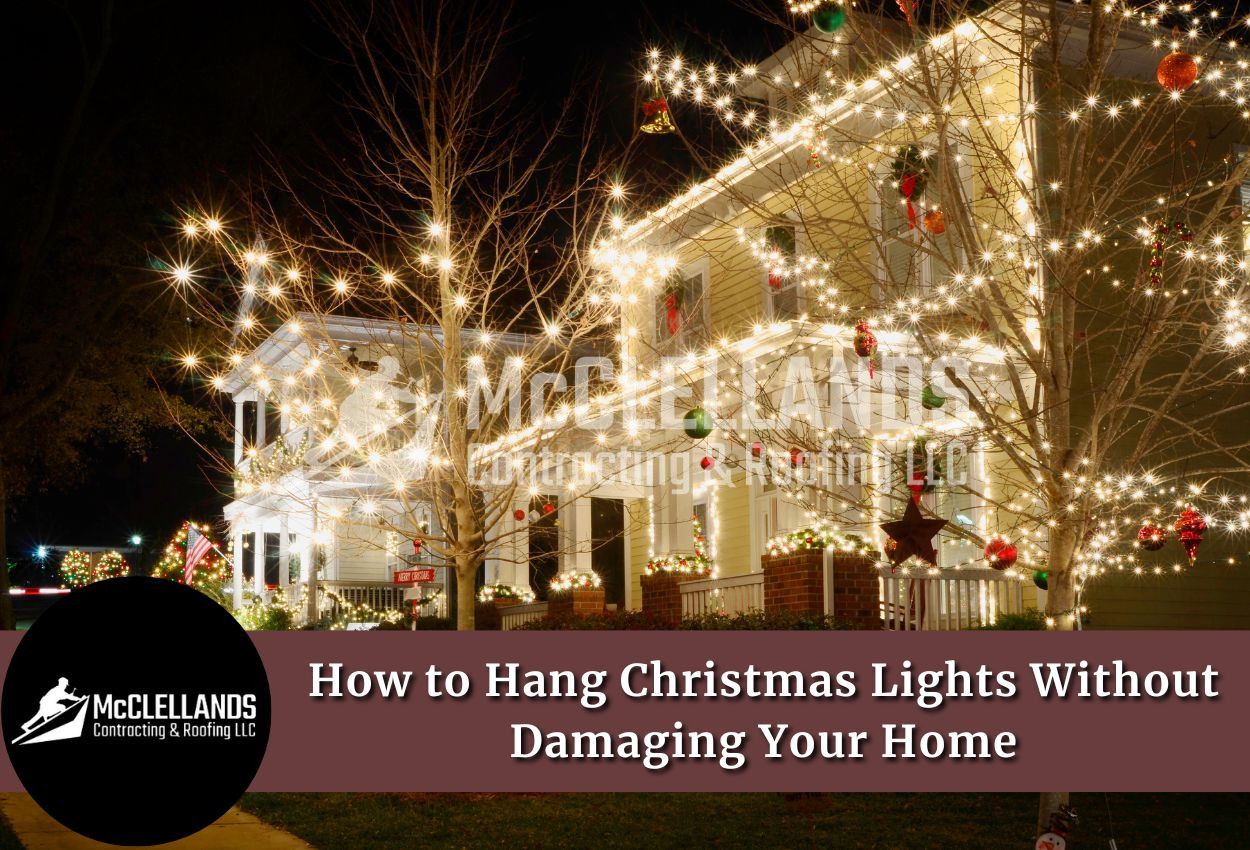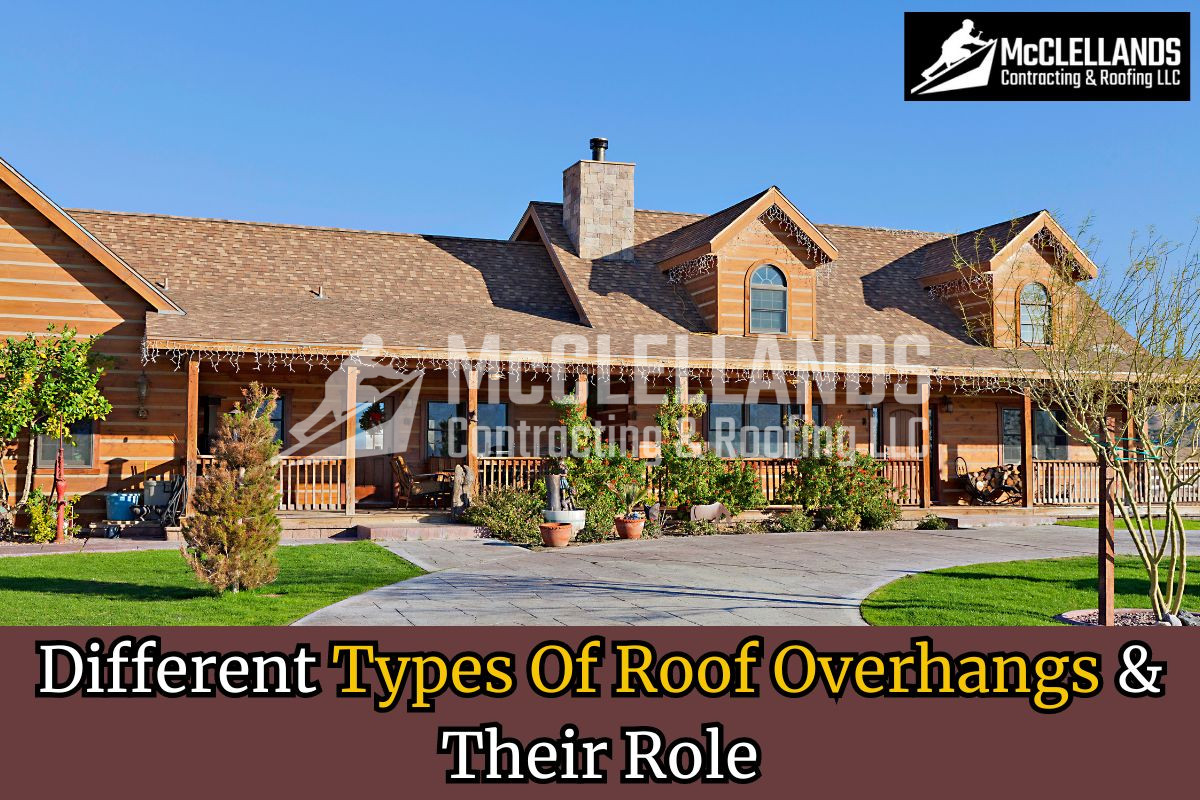Soffits are a crucial component of a home's construction and are often found under the overhang of a roof along the bottom of the fascia board. However, many homeowners may not be aware of the fact that soffits have multiple uses. They not only improve the appearance of your home but can also be paired with the roof’s ridge vent to improve the ventilation of your property.
In this blog, we will take up the question, “Do soffits need to be vented?” We will cover its importance and how much ventilation your home will need.
What Are Soffits?
To come to answer the question “Do soffits need to be vented?”, let us first understand what soffits are, as most homeowners are still unaware of these small yet crucial roofing components.
Soffits are the horizontal exterior roofing feature that is found below the fascia board that runs along the eaves of your roof. They are made out of aluminum, vinyl, or wood, and their primary purpose is to provide ventilation to the attic and rest of your home, as well as to protect the eaves from the weather elements and add aesthetic appeal.
Types Of Soffits
You can categorize soffits into two basic categories: vented soffits and non-vented. Below, we describe these types of soffits in a little more detail.
Regular Soffits (Non-Vented)
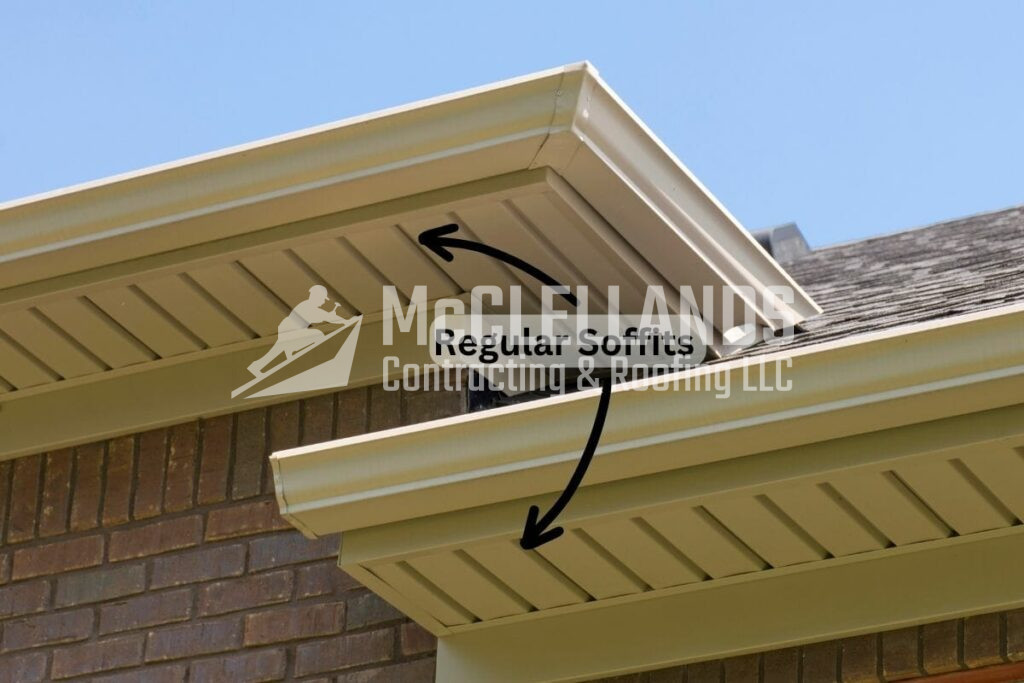
Traditional soffits have been in use for a long time. These soffits do not have any openings or vents and therefore do not allow any airflow through the attic. Non-vented soffits are typically used for aesthetic purposes and are not recommended for homes as they can cause moisture buildup and mold growth. This is detrimental to the structural integrity of the house and can cause health issues for its inhabitants. Pittsburgh homeowners are now moving towards newer, vented soffit options that offer more value and functionality.
Vented Soffits
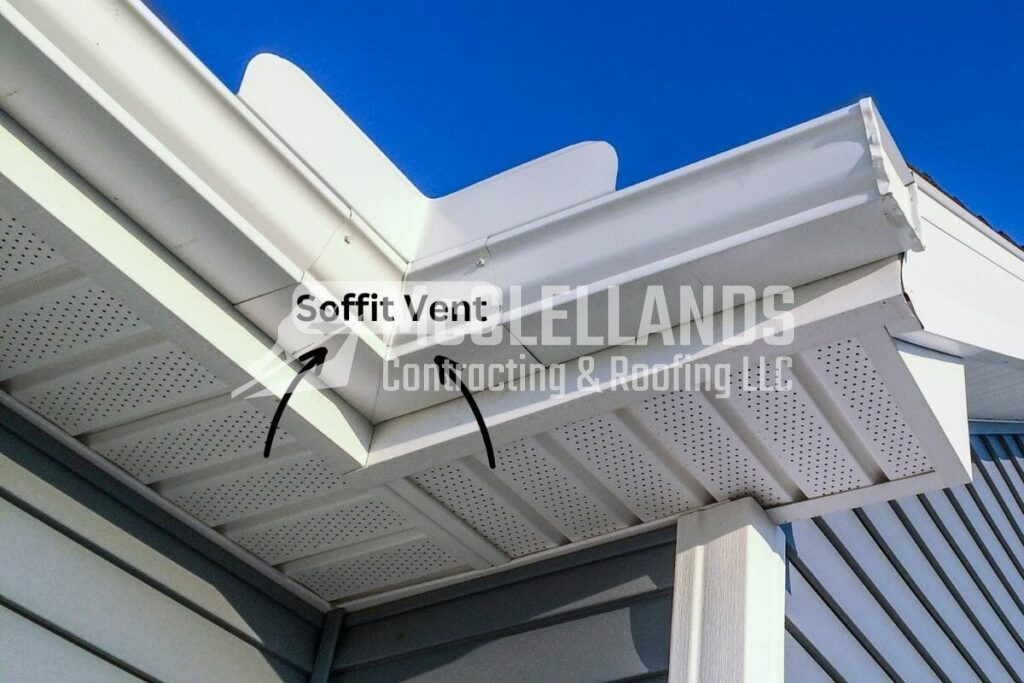
Vented soffits are soffits that have small openings or vents that allow air to flow through the home, to the attic, helping to prevent moisture buildup and mold growth. These vents can be located along the entire length of the soffit (continuous vents) or they can be concentrated in specific areas (individual vents) to provide targeted ventilation.
It's worth noting that many modern building codes require soffits to be vented to ensure proper attic ventilation, and prevent potential issues like moisture buildup and mold growth.
Importance Of Vented Soffits
Vented soffits are crucial to the lifespan of your roof. This is why most homeowners are now installing vented soffits. Here are some of the reasons why vented soffits are essential and why you should install them if you haven't already.
Improve The Life Of Your Roof
Proper ventilation can help to prolong the life of roofing materials, as well as the structural integrity of a home.
When the attic and spaces below the roof are not properly ventilated, the heat and humidity can cause the roofing materials to degrade, warp, or rot more quickly. This problem can lead to leaks, damage to the structure, and the need for costly repairs or replacements.
Adequate ventilation can be achieved through the pairing of attic vents like gable or ridge vents, with vented soffits. This type of ventilation system helps in reducing stress on the roofing materials and can extend the roof's lifespan and help protect the home from potential water damage.
Control Moisture Buildup
A variety of factors can cause moisture buildup in the attic, but poor ventilation is one of the most common causes. When you do not properly ventilate your attic, warm, moist air from the living spaces below can rise into the attic and become trapped.
Vented Soffits Can Help Your Energy Bills
Saving energy is the need of the hour. As a responsible homeowner concerned about your home and the environment, you may always be on the lookout for ways to reduce energy consumption. You may have heard about installing solar panels or energy-compliant roofing systems, but installing vented soffits is another effective way to keep your bills low.
By having an attic vent that exhausts hot air, while filtering cool air through the vented soffits, the attic temperature is kept cooler, which reduces the workload on the air conditioning system and can lead to lower energy bills. Therefore you see how vented soffits are an essential investment that can lead to an overall increase in energy efficiency.
Ice Dam Prevention
In the winter, proper attic ventilation can help prevent ice dams from forming on the roof. Ice dams occur when the warm air in your attic space melts the snow on the peak of the roof and then it refreezes along the eaves, which has a cooler temperature than the peak. Over time this creates a dam of ice that can cause water to back up and leak into the home.
To get rid of ice dams, you need to ensure that the temperature is even throughout the roof. Usually, ridge vents are the answer to this problem, but sometimes they may not be enough.
Improving attic ventilation through the use of both soffit and ridge vents can help to prevent ice dams by keeping the attic cooler, which reduces the amount of snow that melts on the roof. The vents allow the cold air to circulate through the attic, which also prevents the buildup of warm air.
Does Your Home Require Soffit Vents?
Though not essential, many modern building codes require soffits to be vented to ensure proper attic ventilation and prevent potential issues like moisture buildup and mold growth.
Building codes are set in place to ensure the safety and well-being of the inhabitants of the building, and also to ensure that the building is constructed in a manner that is safe and sustainable.
Homeowners need to check with their local building codes to ensure that their soffits comply with regulations.
How Many Soffit Vents Will You Need?
The number of soffit vents you need in your home will depend on the size of your attic and the type of ventilation system you have. According to various experts in the roofing industry, the general consensus is to have one square foot of ventilation for every 150 square feet of attic floor space.
For example, if you have a 1,500-square-foot attic, you would need at least 10 square feet of ventilation. This could be achieved through 10 square feet of continuous soffit vents or 20 square feet of individual vents, depending on your ventilation system.
We Install The Best Soffits In Pittsburgh
We hope that we have been able to answer the question, “Do Soffits Need to Be Vented?” Now, if you feel that soffit vents would be an important addition to your home, and want to install soffit vents to improve ventilation, then it is essential to find a professional roofing contractor.
Well, you do not have to do much work, as our team at McClellands Contracting and Roofing, LLC is here to help you. We are licensed, insured, and highly experienced. We offer roofing and home exterior services and are the best soffit installers in the area. Contact us today at (412) 353-5660 to book a consultation or to learn more about our services.

